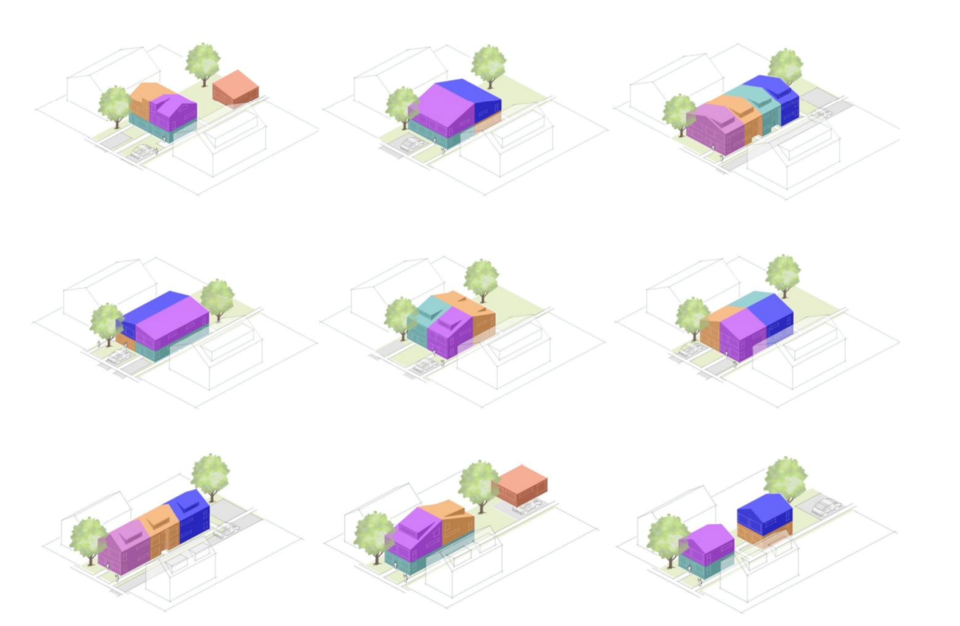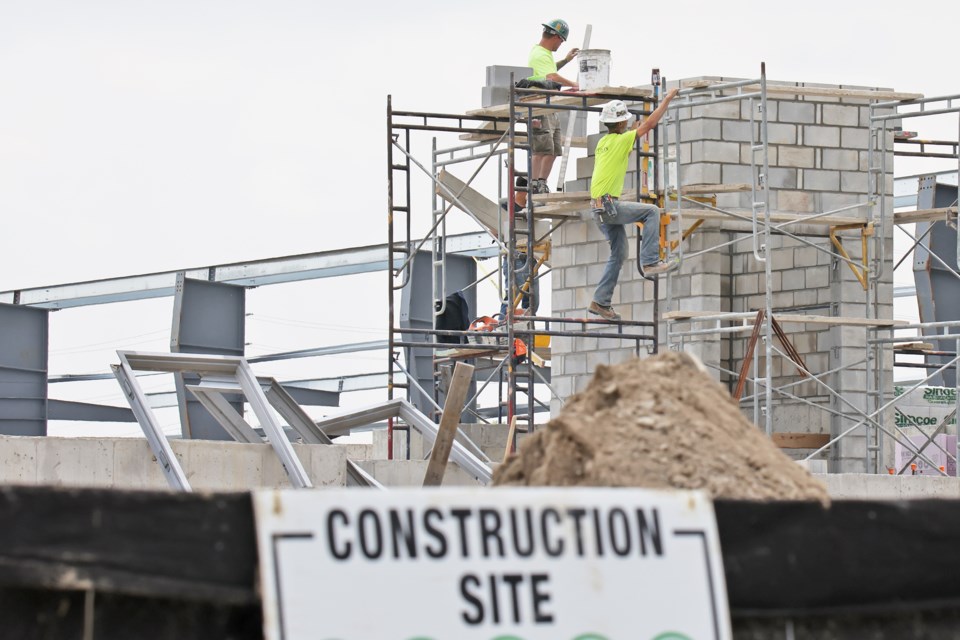Allowing four housing units on single city properties drew multiple responses at Wednesday night’s public meeting on proposed changes to Barrie’s zoning bylaw, which now allows for three units.
Sitting in affordability committee, city councillors heard both sides of the argument for a bylaw change, which they will eventually decide.
“I think there are a lot of voiceless people that unfortunately don’t own property that are not speaking up,” said Zak Greenwald. “People need roofs over their head. People are really struggling.”
Greenwald said he and his fiance moved from Markham to Barrie to find an affordable home, and he’d like to put more housing units on his Wellington Street property.
“Having that extra income does help my affordability and it helps put a roof over other people’s head,” Greenwald said. “I’m definitely an advocate for more density. I think that’s what the city needs.”
But others aren’t so sure.
Shane Graham, who lives on Short Street, said his family has lived in Barrie for almost 100 years.

“You want to add more homes or residences to the property and it’s starting to encroach on the people who have been here for a long time,” he said. “You’re starting to scare them out.”
Arlene McCann of William Street said the changes — four units per property, less side- and back-yard setbacks, no minimum landscaping between the yards and increased building height — isn’t a solution to Barrie’s main housing problem.
“We are not creating affordable housing here,” she said. “Anything we do on accessory dwelling units and second suites is not going to solve the problem.
“Throwing this proposed blanket of higher density across the residential landscape is preposterous.”
Rick Crooke has lived in Barrie for 30 years and owns several properties. He supports the zoning-bylaw change.
“I’m on the other side of the coin,” he said. “I’m totally supportive of these four units on every lot. This is the kind of affordable housing that’s going to get built.
“We have to take a serious look at not just the neighbours, the existing people,” Crooke said.
“I know we have to do better for the people who actually want to live here,” said Taylor McAleer of William Street.
Michelle Banfield, Barrie’s director of development services, said the city received at least 18 written submissions from community members about the city’s application to amend its own zoning bylaw to facilitate the permission for as many as four dwelling units on parcels of land zoned residential within Barrie.
“The written submissions I would say are less related to the proposed standards and more related to the concept of additional dwelling units, that fourth unit,” she said. “At the same time, we have received some feedback from people who actually think it’s a good thing and it’s the direction we need to move.”
Right now Barrie’s zoning bylaw permits, as-of-right, building a maximum of three residential units on a property. As-of-right basically means a landowner is entitled to use or develop the property if the proposed use aligns with municipal zoning bylaws.
The four additional residential units respond to direction from the federal government.
The Federal Housing Accelerator Fund is a grant program launched last April meant to provide incentives for the building of additional housing. Funding is to go straight to municipalities, which apply for it, and there are conditions such as removing barriers to building, committing to more density, affordable, rental and mixed housing. The goal is to double the number of new homes built in the next decade.
Ottawa has required London, Calgary and Halifax to allow four residential units on a property as-of-right in order to receive the federal funding.
“The federal government has been incredibly aggressive and they have called out on social media that four units as a right needs to be in place in order to receive funding for the housing accelerator fund,” said Barrie Mayor Alex Nuttall.
This change to the city’s zoning bylaw would mean additional residential units would no longer be strictly considered as subordinate and accessory to a primary dwelling unit. It would also create opportunities for landowners to provide additional residential units through the conversion of a primary residential building or their creation within accessory buildings or structures.
The standard of a minimum of one parking space, per dwelling unit, and the permission for tandem parking would be unchanged.
Last October, city council, by direct motion, voted unanimously to hold a public meeting, before year’s end, on changing the zoning bylaw to permit four residential units on property wherever the zoning permits single, semi-detached or street townhouses.
This would also rezone some or all of the municipal land identified in Barrie council’s Ontario municipal housing pledge, which includes a target of 23,000 new residential units built by 2031.
Barrie’s housing pledge comes from Bill 23, the province’s More Homes Built Faster Act of 2022. It calls for 1.5 million new homes built in Ontario, again by 2031. Bill 23 changed Ontario’s Planning Act to create a new provincial threshold for what is permitted in as-of-right zoning, to meet planned minimum density targets.
With the public meeting held, city staff will now review all comments received through public consultation and prepare a staff report, which councillors will get in the first quarter of 2024.
City council must still approve any changes to the zoning bylaw.




